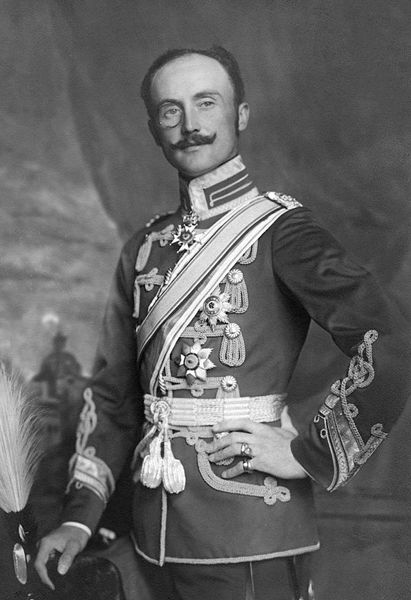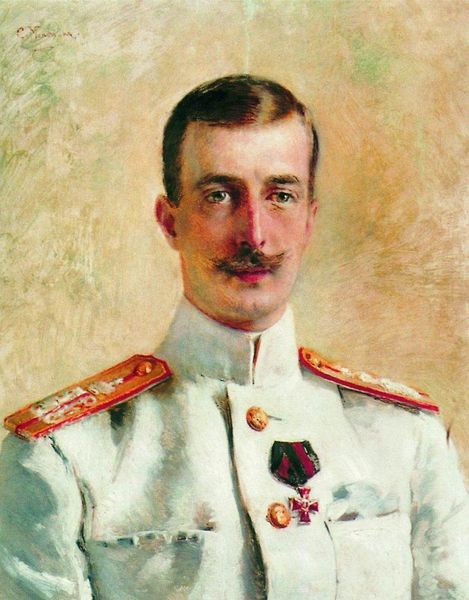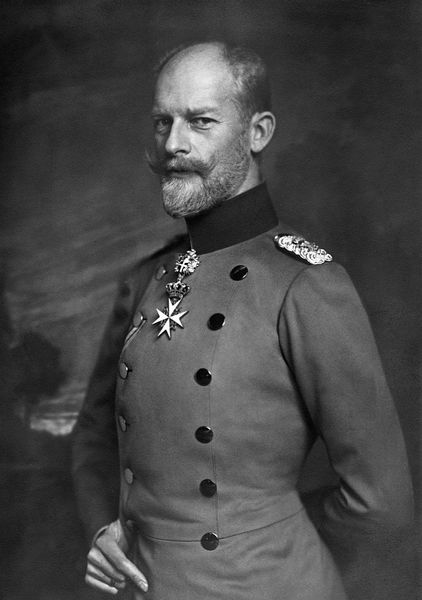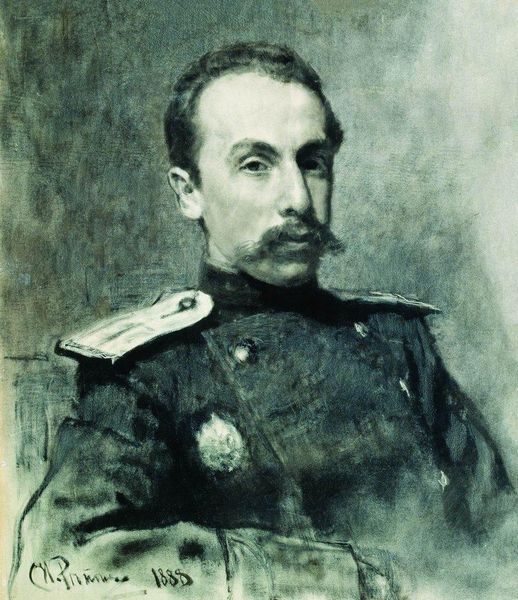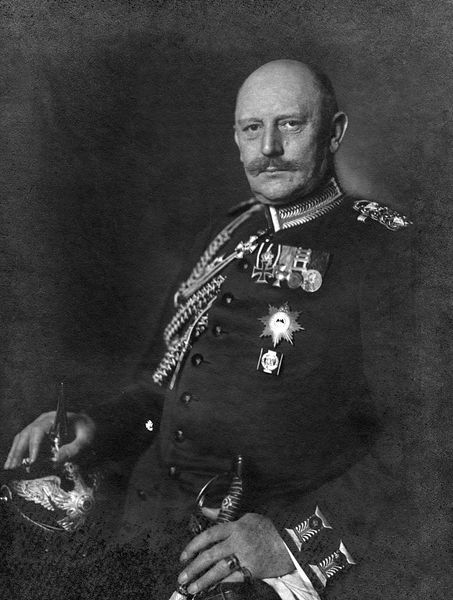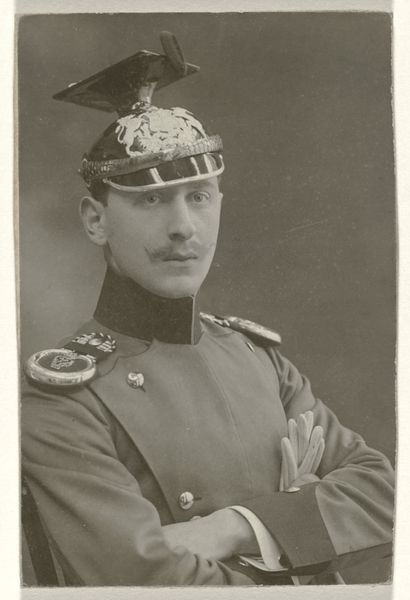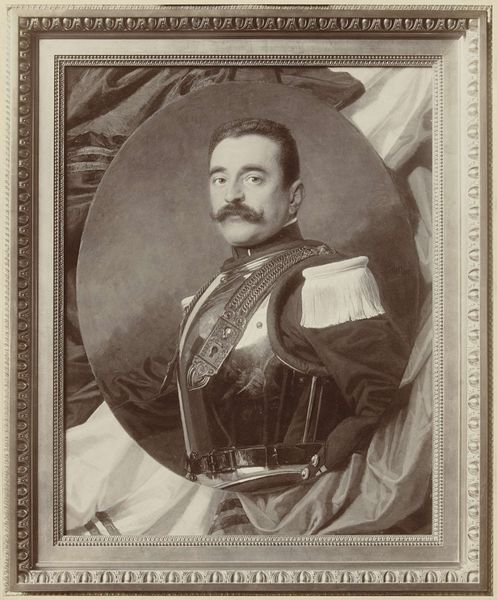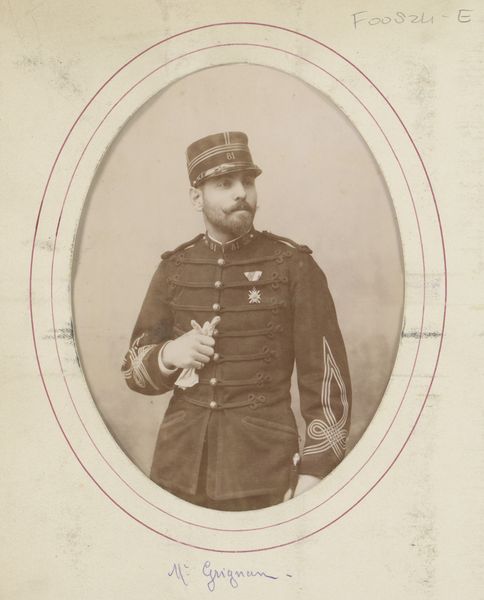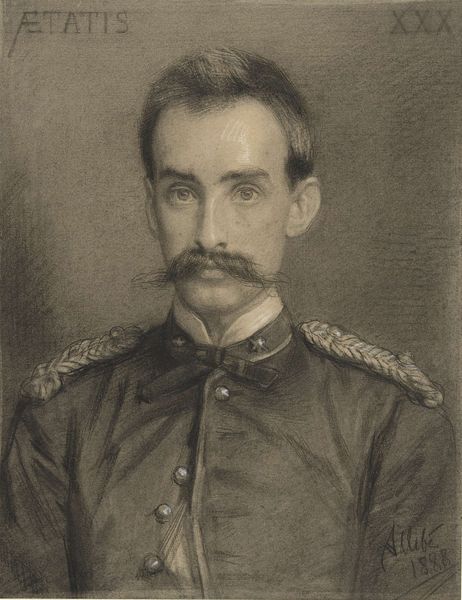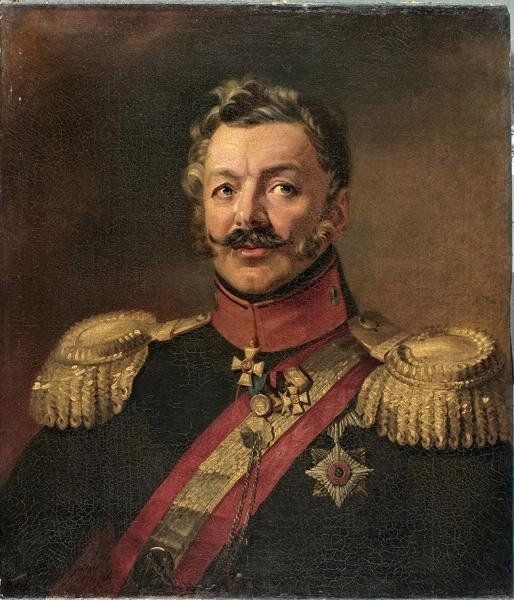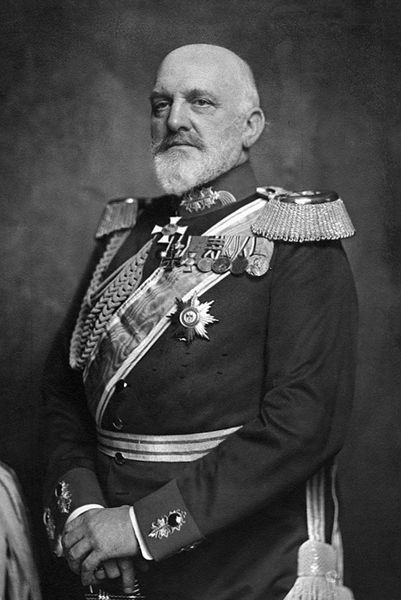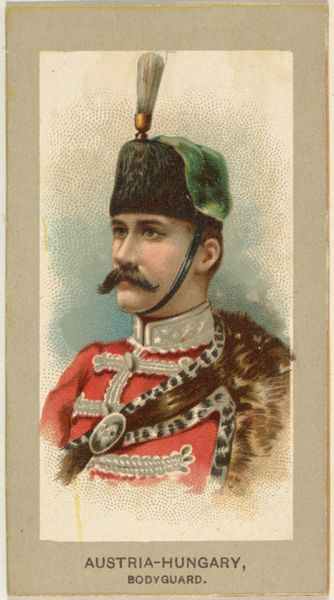
photography
#
portrait
#
facial expression reference
#
head
#
portrait image
#
portrait
#
black and white format
#
photography
#
black and white theme
#
portrait reference
#
portrait head and shoulder
#
black and white
#
facial portrait
#
modernism
#
realism
#
digital portrait
Copyright: Public domain
Curator: Here we have a photographic portrait of Enver Pasha, taken by Nicola Perscheid in 1911. The image presents a man in what appears to be formal military attire. Editor: Austere, wouldn't you say? The black and white lends a gravity, but there's also an element of performance; it is as if he's carefully posturing. Curator: Absolutely. Photography at this time was carefully constructing identity. Consider the fez. It’s more than just a hat; it’s a symbol of Ottoman modernity and a break from older, more traditional headwear. Enver Pasha was a key figure in the Young Turk revolution which looked to modernize the Ottoman Empire. The fez represents this shift, this self-conscious embracing of a new, "modern" identity. Editor: The crisp focus emphasizes the details of his uniform, highlighting its ornamentation, while the stark contrasts intensify the gaze. Look how the fringe on his epaulettes practically vibrates against the dark background. There’s an attention to detail and overall composition creating a sense of power and control. Curator: Power indeed. He wasn't merely a military figure but a pivotal figure in the empire's twilight years. These carefully constructed portraits were essential tools for leaders projecting their power. They offer insight into how people like Enver Pasha were perceived. They were more than personal records. Editor: Yet, it also exposes how artificial constructed representation can be. The mustache is groomed to within an inch of its life, almost comical, contrasting against his serious expression. Do you agree that such details provide a space for a more ambiguous reading? Curator: Perhaps, but it all serves a singular purpose. The medals on his chest, for instance, speak volumes. Each tells a silent story of service, bravery, and loyalty. When viewed alongside other historical depictions of Ottoman leaders, these are cues to convey status and authority. Editor: It's compelling how even seemingly simple formal decisions contribute to creating an elaborate tableau of authority. The artist certainly achieved that, no matter our individual reading. Curator: Indeed. It allows us to dive deeply into the cultural and psychological frameworks that framed not just a person, but a time. Editor: It is a fascinating study on form, power, and the mechanics of portraiture itself.
Comments
No comments
Be the first to comment and join the conversation on the ultimate creative platform.
